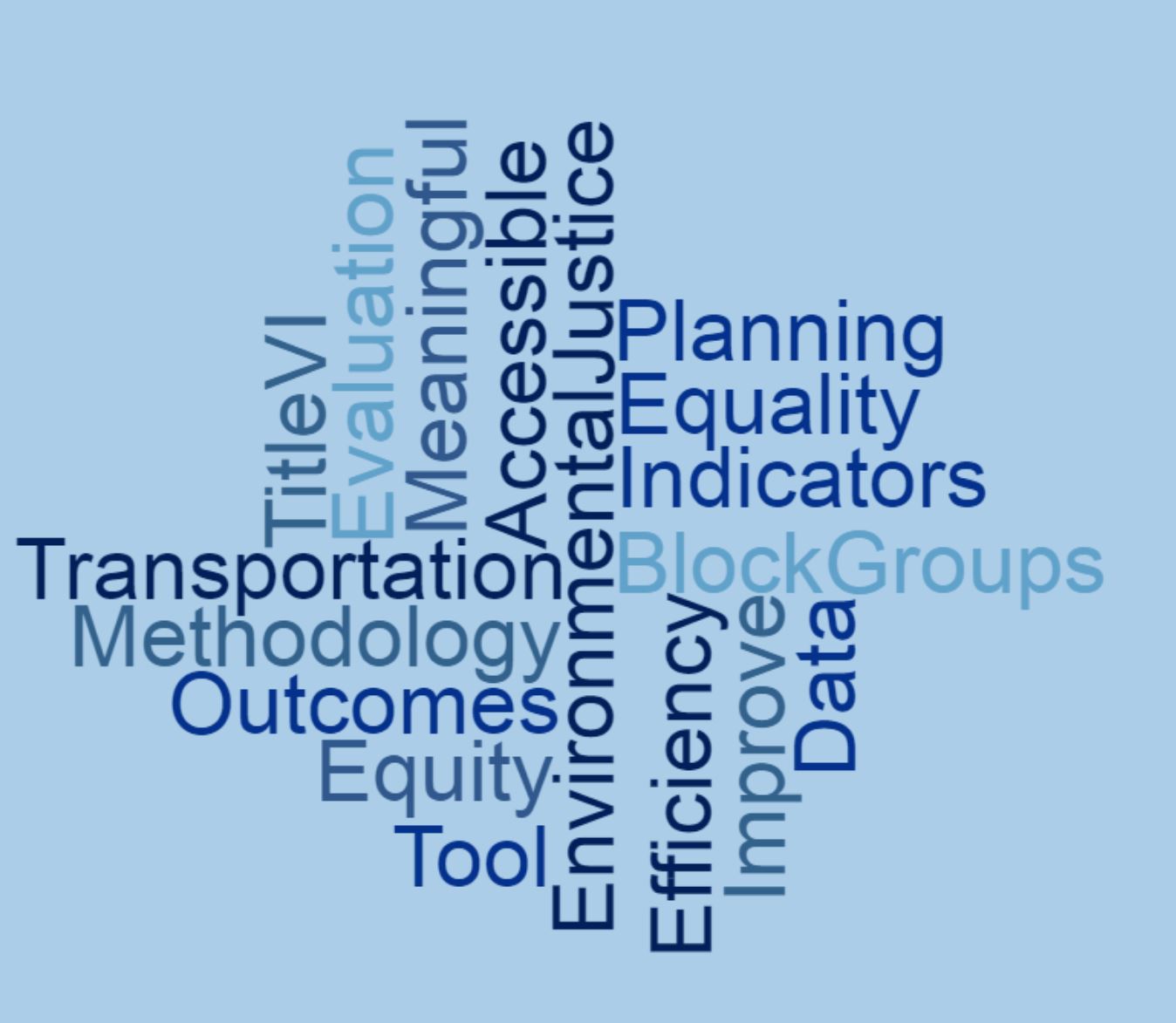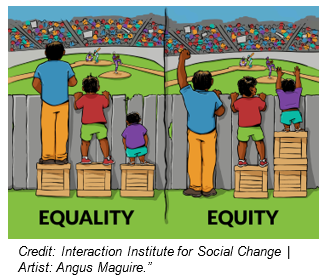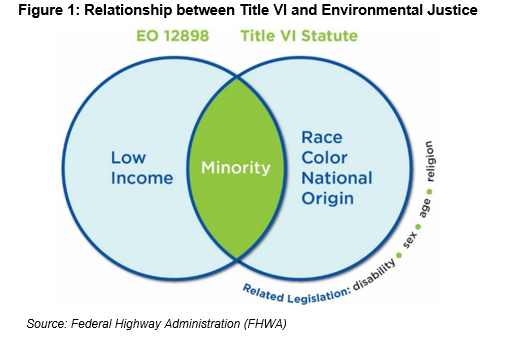

Transportation Planning Equity Assessment
The Broward MPO has developed a process to more consistently and comprehensively evaluate its plans and programs in conjunction with federal Environmental Justice (EJ) and Title VI regulations. This effort is driven by the following goals:
- To consistently evaluate transportation plans and programs against Title VI and EJ objectives.
- Improve efficiency in the planning processes and programs.
- More effectively satisfy federal Title VI and EJ requirements.
- Produce meaningful outcomes for the community through MPO transportation planning programs, particularly for Title VI and EJ populations.
- Identify adverse impacts early at the project level rather than later at the programming level.
Identification of Transportation Planning Equity Areas is intended to be one of many approaches used in the transportation planning process and to facilitate informed conversations.
Transportation Planning Equity Areas: Who Are We Planning For?
This map illustrates the Transportation Equity Area composite score (equity score) calculated for each block group within Broward County based on selected demographic indicators. The map is one of several resources used by the Broward MPO to help form a consistent evaluation process concerning Title VI and EJ among its various plans and programs.
To view an interactive version of the Transportation Planning Equity Areas map, please click here.
Equity Map using American Community Survey (ACS) Data


For the methodology used to calculate Equity Scores for the Assessment, please click here.
The equity score calculated for each block group is based on a statistically-driven calculation process using demographic data from the US Census American Community Survey Five-Year Estimates. The demographic data used to develop the composite equity score are all tied to federal non-discrimination authorities, such as Title VI and EJ, and include:
-
Racial minority*
- Ethnic minority**
- Youth (10-17 years)
- Older Adults (65 years and older)
- Population below poverty***
- Limited English Proficiency (LEP) population
- Population with a disability
*Racial minority is defined by the US Census Bureau as a person who is Black/African American, American Indian/Alaska Native, Asian, Native Hawaiian/other Pacific Islander, some other non-White race, or a combination of two or more races.
**Ethnic minority is defined by the US Census Bureau as a person who is Hispanic or Latino. While Hispanics and Latinos are considered minorities, they are defined by the US Census Bureau as an ethnicity rather than a race. People who identify their origin as Hispanic or Latino may be of any race.
***To determine a person's poverty status, one compares the person's total family income in the last 12 months with the poverty threshold appropriate for that person's family size and composition. If the total income of that person's family is less than the threshold appropriate for that family, then the person is considered "below the poverty level," together with every member of his or her family. If a person is not living with anyone related by birth, marriage, or adoption, then the person's own income is compared with his or her poverty threshold. Poverty status was determined for all people except institutionalized people, people in military group quarters, people in college dormitories, and unrelated individuals under 15 years old.
Using the above demographic indicators, the calculated equity score illustrates the relative concentration of Title VI and EJ populations within each block group based on one of four categories:
- “Very high” equity score (block groups with the highest statistical concentration of demographic indicators from the equity score calculation process)
- “High” equity score
- “Medium” equity score
- “Low” equity score (block groups with the lowest statistical concentration of demographic indicators from the equity scroe calculation process)
Please note, the equity score assigned in this map does not indicate a positive or negative aspect with regard to equity for a given block group nor is it intended to be a definitive identifier of Title VI or EJ populations in Broward County. This map is intended to serve as one resource for identifying potentially disadvantaged populations within Broward County and assessing equity in the planning process.
Title VI and Environmental Justice
Title VI of the Civil Rights Act of 1964 states that "no person in the United States shall, on the ground of race, color or national origin, be excluded from participation in, be denied the benefits of, or be subjected to discrimination under any program or activity receiving federal assistance."
CLICK HERE to read more about Title VI legislation.
Environmental Justice is the fair treatment and meaningful involvement of all people regardless of race, color, nation origin or income with respect to the devlopment, implementation and enforcement of environmental laws, regulations and policies. Each federal agency is to "achieve "enviornmental justice by identifying and addressing, as appropriate.
As a recipient of federal funds, the Broward MPO is required to prepare a Title VI program demonstrating compliance with federal regulations
Title VI and EJ are similar in that they:
1) address non-discrimiation
2) identify minorities as a protected population
3) rooted in the constitutional guarantee that all citizens are created equal
4) address involvement of affected citizens in the decision making process
Although similar, there are some distinctive differences between Title VI and EJ (see Figure 1 below).
Title VI is a federal statute that prohibits discrimination based on race, color, national origin (as well as gender, age, and persons with disability through other federal and state nondiscrimination authorities), whereas EJ is directive to federal agencies to achieve environmental justice by addressing disproportionately high and adverse effects of activities on minority and low-income populations. Title VI prohibits discrimination by law, and EJ mandates a process for inclusive decision-making.
Title VI and Environmental Justice Important Links
For More Information
Please contact Carl Ema at (954) 876-0052 or emac@browardmpo.org to learn more about the Broward MPO and what they are working on in your community.

